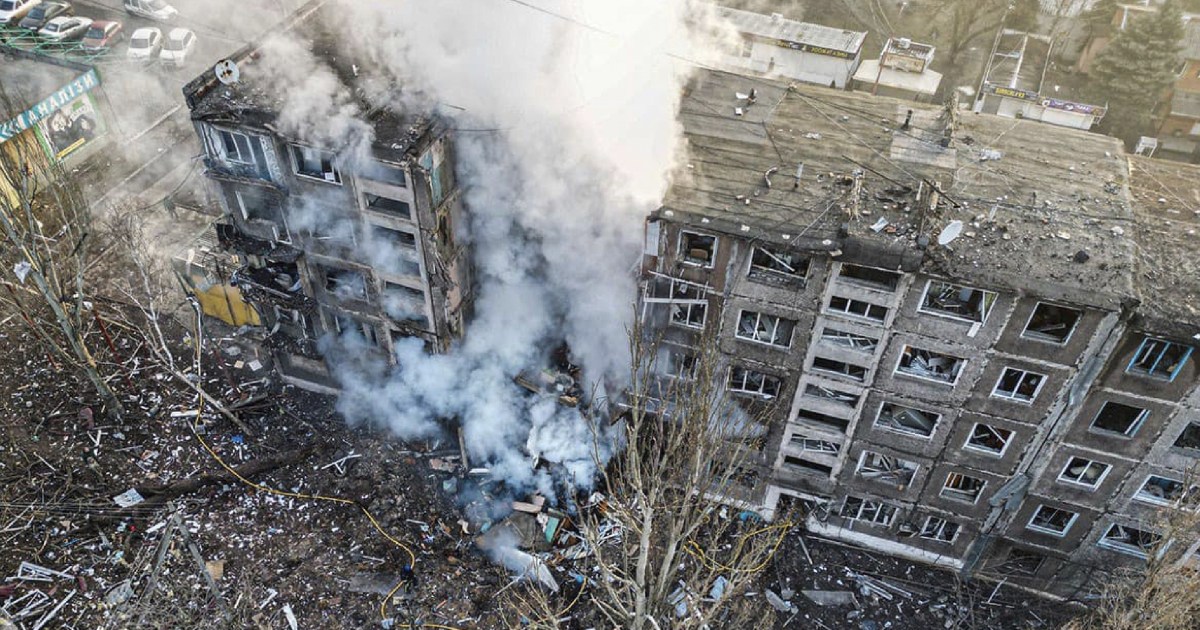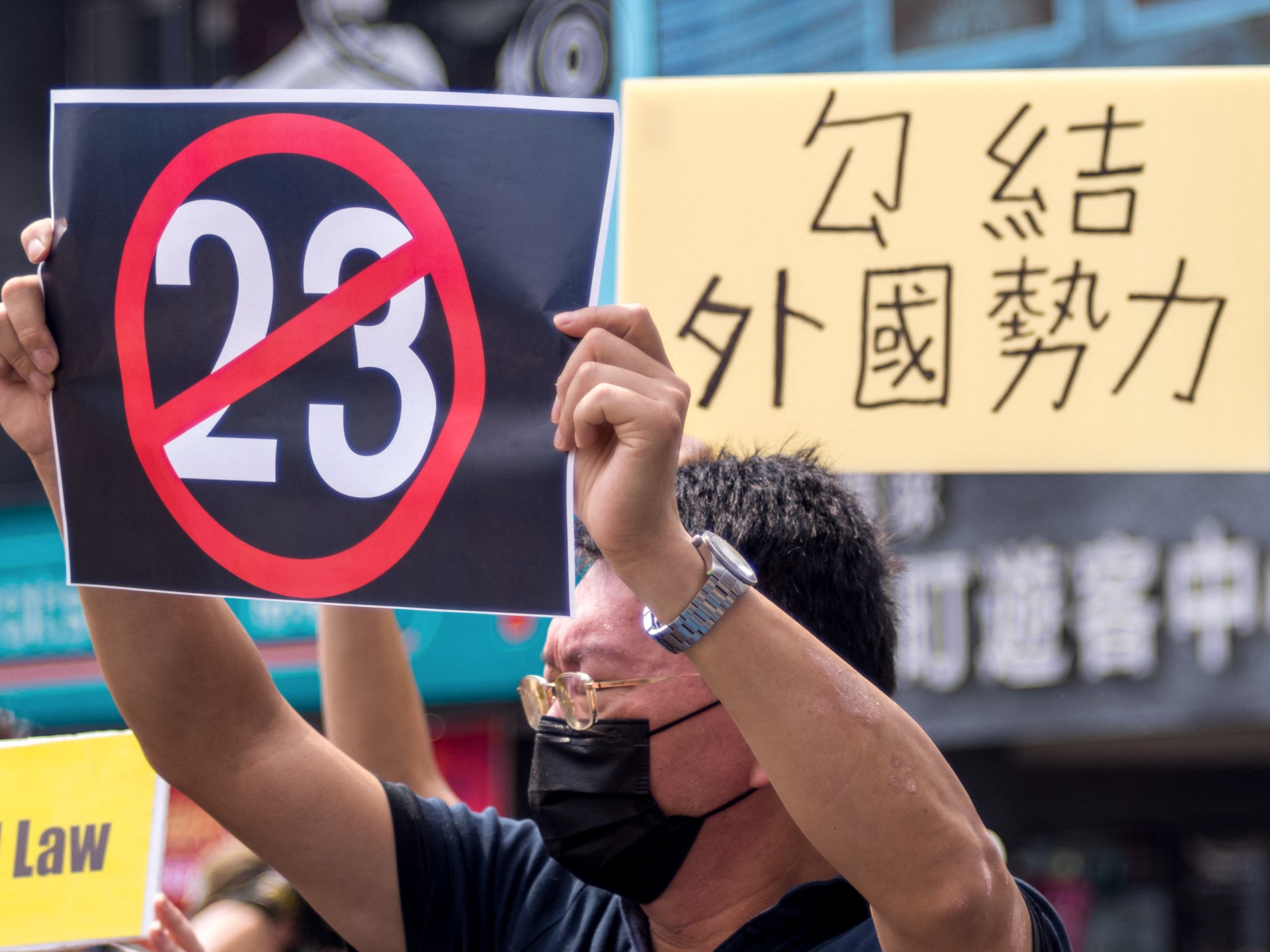
Russia’s invasion of Ukraine in February 2022 was supposed to be a quick affair. Russian President Vladimir Putin appeared to believe his “special military operation” would end in weeks, if not days. It should go smoothly, like the takeover of Crimea in March 2014.
He hoped that a new, pro-Moscow government would be installed in Kiev and that Russian forces would occupy large parts of eastern and southern Ukraine, including major cities such as Kharkiv, Odessa and Dnipro.
Of course, nothing like that happened. The war – an interstate armed clash not seen in Europe since 1945 – is now entering its third year. The chances are good that it will extend beyond this year.
At this point, Russia appears to be on a winning trajectory. It has a double advantage: in ammunition and in manpower. The Russian military-industrial complex is working at full speed and churning out materials. Russia also receives grenades and equipment from friendly regimes such as North Korea and Iran.
After military authorities announced a mass mobilization in September 2022, they were able to station enough troops on the ground thanks to a series of economic incentives and some foreign recruitment.
Ukraine, meanwhile, is reeling from the U.S. Congress’s inability to pass the financial aid package presented by President Joe Biden in October, which is crucial to supplying Kiev’s armed forces with weapons and equipment. EU members are unable to close the gap in ammunition stocks because they have failed to increase military-industrial production. In addition, there is a troop shortage in Ukraine as the minimum age for recruitment remains 27 years old.
Inequality begins to show on the battlefield. The Ukrainian army’s much-anticipated summer and fall counteroffensive came to a halt as it failed to break through Russian defense lines in Zaporizhzhia province and Donbass.
Recently the Ukrainians had to withdraw from the City of Avdiivka, near Donetsk, gave Putin a symbolic victory. They are also under pressure in other parts of the front, including near Kreminna and Kupyansk, which Ukrainian forces recaptured in a lightning offensive in autumn 2022.
Russia also suffers heavy losses. It is estimated that 16,000 people were killed and wounded and hundreds of military vehicles were lost in the Battle of Avdiivka. But the military command and the Kremlin believe they can win in a war of attrition because the numbers are on their side, not Ukraine’s.
As Russia gains momentum, voices are increasing that argue that Ukraine should sue for peace. They argue that Kiev should accept Putin’s terms now because it would be in an even weaker position in the future.
Undoubtedly, the Kremlin fully supports this line. The interview Putin recently revealed to former Fox host Tucker Carlson that he wants to reach out to the Republican base in the United States, which appears to be receptive. And if Donald Trump wins the presidential election in November, the idea that Ukraine should calm down and make concessions to Putin could well become the cornerstone of US policy.
There are also likeable leaders within the European Union, with Hungarian Prime Minister Viktor Orban being one, but not the only, example.
However, the chances for meaningful negotiations are slim to none. The Russian leadership appears determined to fight to the bitter end. There is no sign that Putin and his entourage have changed their original goals of subjugating Ukraine.
If Moscow believes that the tide is turning in its favor, what is the point of stopping? The only advantage of a ceasefire and negotiations is to buy the time necessary to reassemble one’s own forces and act even harder.
This is exactly what Ukrainians fear. Any attempt to accommodate Putin would only increase his appetite for more land and greater control over Ukraine. A supposed agreement may not be worth the paper it is written on.
Ukraine also has its cards in the game. For example, it decimated the Russian Black Sea Fleet and, among other things, sank its flagship Moskva. The fleet has now moved from Sevastopol in Crimea to Novorossiysk on the east coast of the Black Sea. As a result, merchant shipping leaves the port of Odessa has reached Amounts comparable to January 2022, the month before the full-scale invasion began.
In addition, Ukraine has demonstrated its ability to attack targets deep within Russian territory – such as: Oil export terminal in Ust-Luga, not far from St. Petersburg. Ukrainians are working tirelessly to develop capabilities and military assets, such as long-range drones, that could, over time, help deter Russians.
In short, Ukraine can reduce Russia’s lead, buying time until Europe starts supplying enough ammunition to close the gap at the front.
None of this bodes well for the prospects for negotiations. For both sides, war remains the only option available to them. Russia will stubbornly continue its campaign of conquest. Ukraine will defend itself bravely. Without a resounding victory by Moscow or Kiev in the coming months – an unlikely scenario – the war will continue.
The views expressed in this article are the author’s own and do not necessarily reflect the editorial stance of Al Jazeera.






Recent Comments